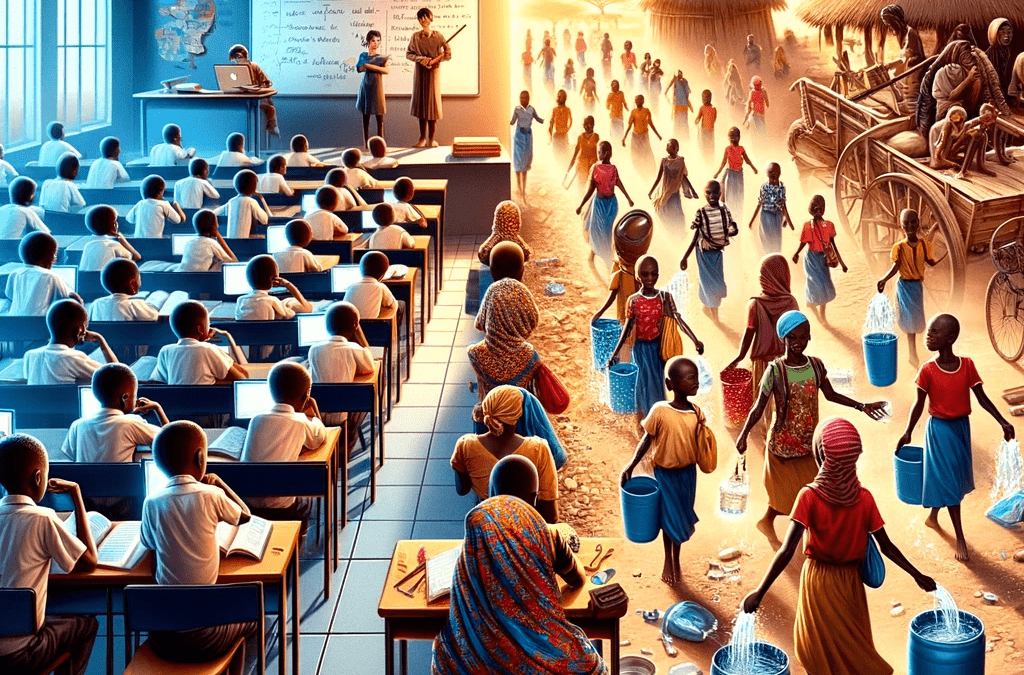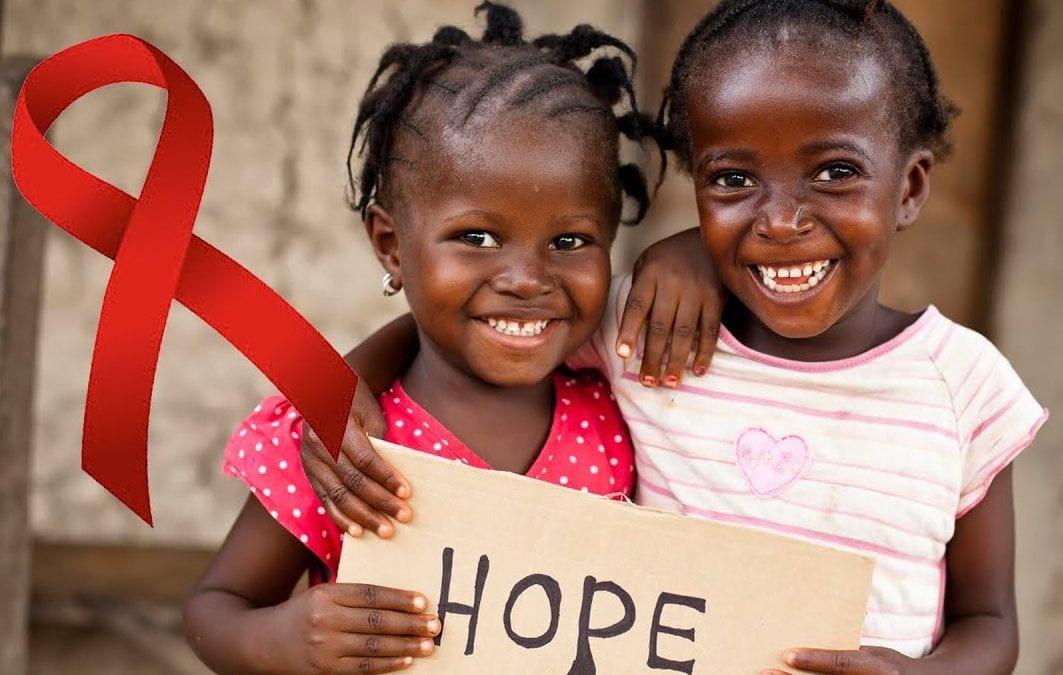
Silent Suffering: The Youth Gender Literacy Disparity Crisis in Chad
Crisis Unveiled: The Stark Reality of Gender Literacy Disparity in Chad
Across Africa, gender literacy disparity is a significant issue, but in Chad, this gap is particularly alarming. The country has one of the highest gender literacy gaps globally, with a drastic difference in literacy rates between men and women.
Alarming Evidence: The Bleak Figures of Gender Inequality
According to the visualizations, the problem evidence is:
- The proportion of literate young males to females is 2:1 (Gender Literacy Disparity Ratio of 0.4985) which is the worst in Africa, and the world.
- Despite progress leading up to 2003 due to the Millenium Development Goals, Chad’s political tensions, including tensions due to political rebel groups, have hindered female youth literacy, which is now fluctuating due to post-conflict tension relief and Covid-19 impact, however, still is yet to go above the 2003 High.
- Less than one in three young females are literate in 2021.
This disparity is further highlighted by the socio-economic and political challenges unique to Chad. Women’s literacy is severely impacted by their involvement in vulnerable employment, increased domestic responsibilities, and societal norms that prioritize early marriage over education. These factors contribute to a widening gender literacy gap, particularly during crises like the COVID-19 pandemic.
Ray of Hope: Envisioning a Path to Literacy Equality
Potential Solution
Cultural and Educational Reform to Enhance Female Literacy in Chad
- A dual approach focusing on changing societal norms about female education and improving educational access and quality for young females.
- Programs to shift perceptions about female education at the community level, while also improving educational facilities and content.
Turning the Tide: Innovative Solutions in the Shadow of Despair
Solution Details:
- Community Sensitization Programs: Launching programs aimed at changing societal attitudes towards female education. These should involve community dialogues, awareness campaigns, and involvement of influential community figures to advocate for the importance of educating girls.
- Policy Advocacy for Gender Equality in Education: Working with government and local authorities to push for policies that prioritize and protect girls’ education rights, including mandatory education laws that are gender-neutral.
- Female-Focused Educational Infrastructure: Developing schools that cater specifically to girls, with facilities and environments that respect cultural norms while providing a safe space for girls to learn.
- Curriculum that Challenges Gender Stereotypes: Designing educational content that challenges traditional gender roles and promotes gender equality, helping to shift perceptions from a young age
Triumph Amidst Turmoil: Validating the Beacon of Change
To validate these solutions:
- Community Feedback and Participation: Collecting feedback from community members to ensure initiatives align with cultural sensitivities and actual needs.
- Measuring Shift in Perceptions: Conducting surveys to assess changes in community attitudes towards female education over time.
- Monitoring Educational Outcomes: Tracking enrollment, literacy rates, and retention of girls in schools to evaluate the effectiveness of the implemented solutions.
Urgent Call to Action: Recommendations to Break the Chains of Illiteracy
Findings/Recommendations:
- Critical Need for Cultural Change: Research highlights the need to alter societal norms and attitudes towards female education in Chad.
- Integrated Approach for Meaningful Progress: Combining educational reform with cultural transformation is essential for improving female literacy.
- Long-Term Commitment and Strategy: Addressing deep-rooted societal beliefs requires long-term, strategic planning with sustained effort from all involved parties.
- Collaboration is Key: Emphasizing the importance of cooperation between local communities, government, and international partners to drive change.
- Empowerment Through Education: Recognizing that educating girls extends beyond literacy; it empowers them to become active, equal participants in society.
In Chad, the gender literacy gap is alarmingly high, with young women facing significant educational disadvantages due to socio-economic and cultural barriers, including political instability. Addressing this requires a multifaceted approach involving community sensitization to shift attitudes towards female education, policy advocacy for gender equality, the establishment of female-focused schools, and curriculum reforms challenging traditional gender roles. Success hinges on collaborative, long-term strategies and monitoring educational outcomes to empower women as equal participants in society.
SDG Goals Involved:
- SDG 4 (Quality Education): Ensure inclusive and equitable quality education and promote lifelong learning opportunities for all.
- SDG 4.5: Eliminate gender disparities in education and ensure equal access for the vulnerable, including persons with disabilities, indigenous peoples, and children in vulnerable situations.
- SDG 4.5.1: Measures the proportion of students in primary, lower secondary, and upper secondary education who have access to education without discrimination based on gender, disability, or other factors.
- SDG 4.5.2: Focuses on the elimination of disparities in participation rates in organized learning (one year before the official primary entry age), by gender and other demographic factors.
- SDG 4.5.3: Addresses disparities in tertiary education, measuring the participation rate by sex, socioeconomic status, and other factors.
- SDG 5 (Gender Equality): Achieve gender equality and empower all women and girls.
- SDG 5.6: Ensure universal access to sexual and reproductive health and reproductive rights.
- SDG 5.6.1: Tracks the proportion of women aged 15-49 years who make their own informed decisions regarding sexual relations, contraceptive use, and reproductive health care.
- SDG 5.6.2: Measures the number of countries with laws and regulations that guarantee women aged 15-49 years access to sexual and reproductive health care, information, and education.
- SDG 10 (Reduced Inequalities): Reduce inequality within and among countries.
- SDG 10.3: Ensure equal opportunity and reduce inequalities of outcome, including through eliminating discriminatory laws, policies, and practices.
- SDG 10.3.1: Focuses on the proportion of the population reporting having personally felt discriminated against or harassed within the last 12 months on the basis of a ground of discrimination prohibited under international human rights law.
- SDG 17 (Partnerships for the Goals): Strengthen the means of implementation and revitalize the global partnership for sustainable development.
- SDG 17.18: Enhance capacity-building support to developing countries to increase significantly the availability of high-quality, timely, and reliable data.
- SDG 17.18.1: Tracks the number of countries that have national statistical legislation that complies with the Fundamental Principles of Official Statistics.
